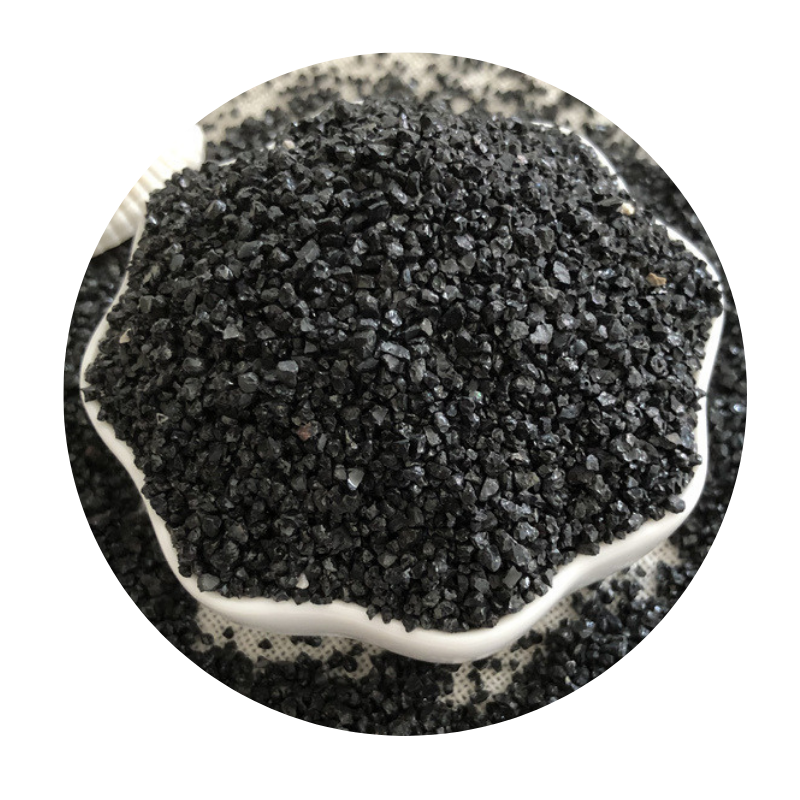
Phytoremediation of Metal-Contaminated Soils Using Organic Amendments: Prospects and Challenges
Abstract
Metals occur in soils through natural and anthropogenic sources. Metals enter into the human food chain through plant uptake and thus cause human health problems. Different techniques are used for the safe use of metal-contaminated soils. Growing plants to remediate metal-contaminated soils (phytoremediation) is a good technique for soils with low to moderate levels of metal contamination. However, adverse growth conditions due to low fertility, metal toxicity and physico-chemical conditions restricted the plant growth. Addition of amendments to immobilize the metals is common practice to detoxify the metals in the soils. Among amendments, organic amendments are important due to their role in improving soil physico-chemical, biological properties and nutrient availability and thus favour the plant growth and re-vegetation of contaminated soils. Organic amendments undergo transformation with time due to decomposition of organic matter and thus their effect on phytoavailability of metals is greatly altered. However, the immobilizing effects of organic amendments at the initial stage after their application are important for re-vegetation of metal-contaminated soils. In this chapter, we discuss the role of organic amendments to immobilize metals, improve plant growth and subsequent release of metals due to decomposition of organic matter.
References (0)
Cited by (21)
-
Background level, occurrence, speciation, bioavailability, uptake, detoxification mechanisms and management of arsenic polluted soil
2022, Appraisal of Metal(loids) in the Ecosystem -
Oxidative hydrothermal surface modification of activated carbon for sevoflurane removal
2021, ChemosphereCitation Excerpt :With porous structures and large surface areas, activated carbons have been acclaimed as versatile materials. They have been used across different industrial sectors for food and beverage processing (Ioi et al., 2017), water purification (Ahmad and Azam, 2019), wastewater treatment (Boehler et al., 2012), remediation of contaminated soils (Sabir et al., 2015), retention of toxic gases, and solvent recovery (Rodríguez-Reinoso, 2001). Within healthcare, activated carbons have also been used for carbon filtering of exhaled and residue volatile anaesthetics in anaesthesia systems.
-
Unraveling the toxic effects of iron oxide nanoparticles on nitrogen cycling through manure-soil-plant continuum
2020, Ecotoxicology and Environmental SafetyCitation Excerpt :Soil microbes use the organic waste as a food source for energy, growth and multiplication. These findings confirm some earlier studies that stated that bacteria and fungi population structure could be altered by the application of organic materials (Wang et al., 2015; Sabir et al., 2015; Rashid et al., 2017a, b). Consequently, microbial activities have increased as evident from the higher CO2 emission or microbial respiration, which is considered as a direct indicator of higher microbial growth and activities.
-
Phytomanagement of radionuclides and heavy metals in mangrove sediments of Pattani Bay, Thailand using Avicennia marina and Pluchea indica
2018, Marine Pollution BulletinCitation Excerpt :Contaminant uptake rate was used to estimate phytoremediation potential (Meeinkuirt et al., 2012). Plant species may be categorized as excluders if they accumulate contaminants mainly in roots, even at low concentrations but produce substantial biomass (Sabir et al., 2015; Kaewtubtim et al., 2017b). Significant Mn uptake occurred in roots of A. marina in both greenhouse and field experiments (> 4000 μg plant− 1), with high BCF values (> 1) (Table 6).
-
Sustainability of an in situ aided phytostabilisation on highly contaminated soils using fly ashes: Effects on the vertical distribution of physicochemical parameters and trace elements
2016, Journal of Environmental ManagementCitation Excerpt :A decrease in the mobile TE pool in soil, promoted by amendments through sorption or precipitation reactions, allows the settlement and the growth of vegetation as well as ecosystem restoration on highly contaminated sites (Ruttens et al., 2006). Moreover, some of these amendments can improve the agronomic quality of soils (Ram and Masto, 2014; Sabir et al., 2015). This phytomanagement has been assessed using various amendments (poultry manure, iron grit, steel shot, fly ash, red mud, etc) and plant genera (Agrostis, Populus, Miscanthus, Phaseolus, Panicum, Lolium, etc.) (Alvarenga et al., 2009a, 2009b; Lee et al., 2014; Lopareva et al., 2011a; Marchand et al., 2011; Ruttens et al., 2006).
Share
-
Premium Pigment Supplier Custom Solutions & Bulk OrdersNewsMay.30,2025
-
Top China Slag Fly Ash Manufacturer OEM Factory SolutionsNewsMay.30,2025
-
Natural Lava Rock & Pumice for Landscaping Durable Volcanic SolutionsNewsMay.30,2025
-
Custom Micro Silica Fume Powder Manufacturers High-Purity SolutionsNewsMay.29,2025
-
Custom Mica Powder Pigment Manufacturers Vibrant Colors & Bulk OrdersNewsMay.29,2025
-
Custom Micro Silica Fume Powder Manufacturers Premium QualityNewsMay.29,2025







